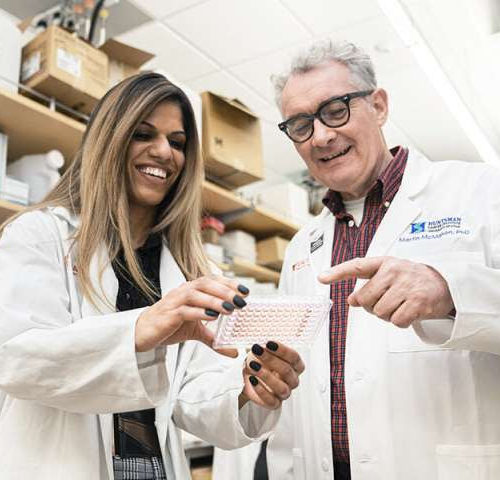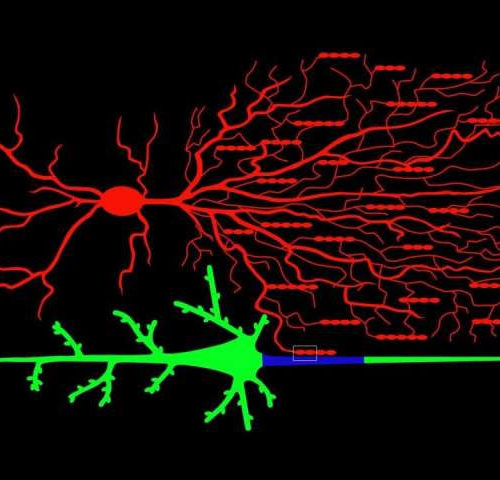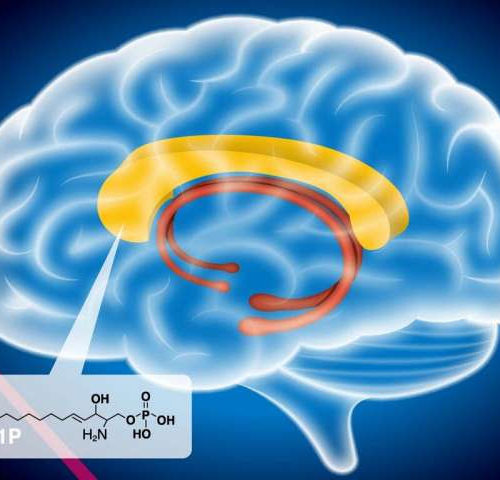Experts document progress made through rehabilitation interventions that improves quality of life Experts document progress made through rehabilitation interventions that improves quality of life for patients with cerebral palsy, in this special issue of the Journal of Pediatric Rehabilitation Medicine Amsterdam, NL, August 3, 2020 – Cerebral palsy (CP) is one of the most common...
Tag: <span>abnormalities</span>
Scientists accelerate progress in preventing drug resistance in lung and pancreas cancers
by Huntsman Cancer Institute Scientists at Huntsman Cancer Institute at the University of Utah report today the development of new models to study molecular characteristics of tumors of the lung and pancreas that are driven by mutations in a gene named NTRK1. The findings were published today in the journal Cell Reports. Credit: Huntsman Cancer...
Nanoparticles for Large Gene Therapy to Cure Common Eye Diseases
MEDGADGET EDITORS GENETICS, NANOMEDICINE, OPHTHALMOLOGY Wet age-related macular degeneration and a number of other eye diseases, including congenital conditions, are related to mutated genes that result in blood vessel abnormalities. These can be treated with gene therapy, but delivering genetic material has proven to be difficult when dealing with large gene sequences that are common...
Artificial intelligence identifies, locates seizures in real-time
This gif was recorded during two seizures, one at 2950 seconds, the other at 9200. The top left animation is of EEG signals from three electrodes. The top right is a map of the inferred network. The third animation plots the Fiedler eigenvalue, the single value used to detect seizures using the network inference technique....
How chandelier cells light up the brain
by Jennifer Michalowski, Cold Spring Harbor Laboratory Illustration of a chandelier cell (on top in red) connecting to a pyramidal neuron (in green on the bottom) on its axonal initial segment (in blue). Credit: CSHL Within the intricate network of cells that make up the brain, chandelier cells stand out for their elaborate, branching structure....
Up to 45 percent of SARS-CoV-2 infections may be asymptomatic
by The Scripps Research Institute An extraordinary percentage of people infected by the virus behind the ongoing deadly COVID-19 pandemic never show symptoms of the disease, according to the results of a Scripps Research analysis of public datasets on asymptomatic infections. The findings, published in Annals of Internal Medicine, suggest that asymptomatic infections may account...
Brain-scan abnormalities found in children with PANS
MRI brain scans show subtle changes consistent with inflammation in a severe childhood disease in which the immune system is thought to attack the brain, Stanford researchers found. Subtle abnormalities occur in key brain structures of children diagnosed with the pediatric acute-onset neuropsychiatric syndrome, a disease characterized by abrupt, severe behavioral problems, according to a...
Schizophrenia related to abnormal fatty metabolism in the brain
by RIKEN Levels of the sphingolipid S1P were lower than normal in the corpus callosum (white matter) in the postmortem brains of people with schizophrenia. Credit: RIKEN Researchers at the RIKEN Center for Brian Science (CBS) in Japan have discovered a deficiency in the brains of people with schizophrenia that could lead to the development...
Molecular basis of rare neurological disorder reveals potential treatment
Now, his team has figured out how mutations in this protein, called synaptotagmin-1 or syt1, can lead to a rare condition known as syt1-associated neurodevelopmental disorder. The scientists’ discovery led them to identify a possible treatment, Chapman and his colleagues report May 1, 2020, in the journal Neuron. An email prompted the team’s investigation. In...
Research, Underexplored until Recently, Could Produce Alzheimer’s Treatments
By Kenneth S. Kosik | Scientific American Research into the brain’s protein-disposal systems, electrical activity and three other areas looks promising Attempts to treat Alzheimer’s have floundered because scientists have spent too little time thinking deeply about the underlying biology of this ailment. Recent advances in understanding the brain’s protein-disposal systems, the role of inflammation,...
- 1
- 2








